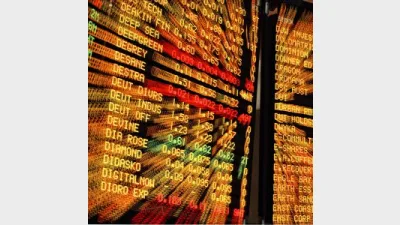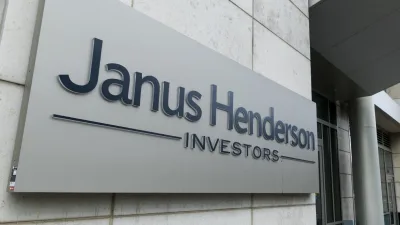Attractive equities despite dismal forecasts: Talaria



Although an unfavourable outlook for 2023 continues to dampen investor confidence, Talaria Asset Management reveals the types of equities to look out for.
Hugh Selby-Smith, co-chief investment officer at Talaria, recommended for equity investors to prioritise income, good value, short duration and rapid payback periods when eyeing out investment returns.
“That means looking towards large-cap healthcare, especially pharma majors, for attractive options,” he explained.
“In terms of regions, Japan and the UK offer value. From a thematic point of view, capex growth and onshoring are likely to have positive long-term benefits for countries like Mexico and industries like industrial automation.”
In the US, the CIO identified that share prices remained expensive but had the potential to fall again.
Selby-Smith said: “This is against a backdrop of unusually rapid interest rate increases in developed markets, falling leading economic indicators such as housing sentiment, and sticky inflation components squeezing near record levels of profitability.”
Despite his observations, he recognised that individual stocks could perform differently and would give investors the opportunity to diversify their portfolios.
“US shares are expensive, pricing in a ‘soft’ or even ‘no landing’. Compared with 2007, many of the forward EV/sales bands of the global index are so high as to be pricing in a good outcome. Usually when this is the case, upside is scarce and risk abundant.”
Recommended for you
Global asset manager Janus Henderson could be acquired after receiving a non-binding acquisition proposal jointly from a private investment firm and venture capital firm.
Investment manager Salter Brothers has partnered with private equity firm Kilara Capital to launch an Australian sustainable investment platform focusing on decarbonisation.
Fresh off launching three active ETFs to the Australian market, Avantis Investors is already planning to expand its range with two further products next year.
Ausbil is growing its active ETF range with an ESG product in collaboration with sister company Candriam.












